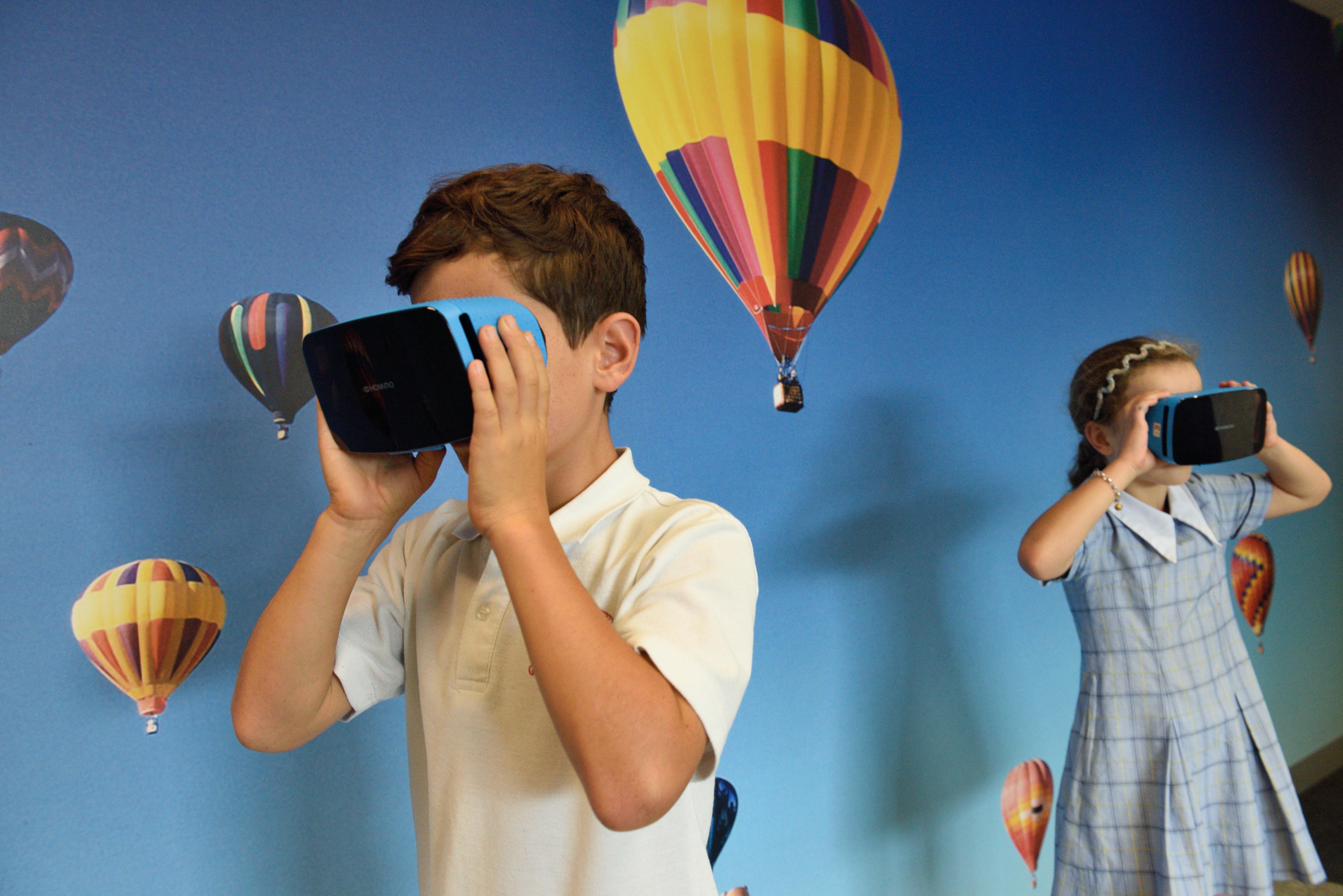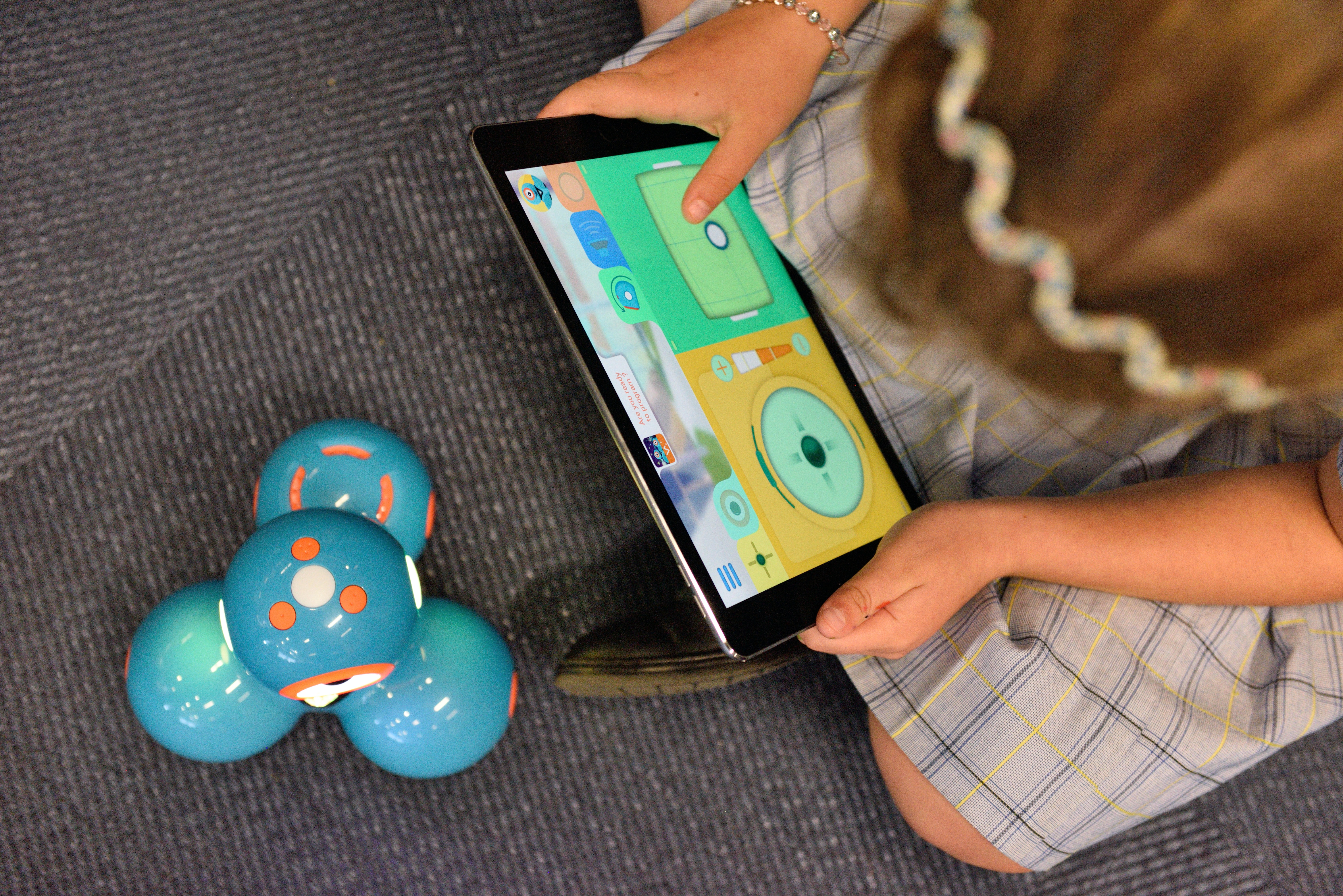How Teachers Are Integrating COVID-19 Crisis Into Their Lessons
The coronavirus as a teachable moment? Yes, indeed. Many NEA members are integrating the pandemic into their lesson plans—using students’ natural curiosity about what’s happening in the world around them to deepen their understanding of critical, timely concepts in science, history, journalism, and more.
 Photo by Fusion Medical Animation on Unsplash
Photo by Fusion Medical Animation on Unsplash
- 0 Comments
- Jul 24, 2020 10:00:00 AM
- Posted by Natalia Galvis
- Topics: Robotics, STEM, Robots,, students, Edchat, coronavirus, online, distance learning, lessons
The Many Benefits of STEM Education
If you’re concerned that STEM is taking up too much classroom time, consider this: STEM permeates the curriculum in ways subjects taught in isolation can’t. STEM also teaches the skills students need for success beyond their formal education.
Teachers know that they have to take advantage of every minute of instructional time they can get with students. STEM programs, with their integrated lessons, seem to usurp a considerable amount of instructional time. That can lead to arguments about pulling kids away from traditional subjects like science and math.
However, STEM offers students experiences they can’t get in traditional classrooms. STEM integrates learning through interdisciplinary studies. It affords the application of 21st-century learning skills. And finally, STEM teaches resilience.
- 0 Comments
- Jul 23, 2020 10:00:00 AM
- Posted by Natalia Galvis
- Topics: Robotics, STEM, Special Education, Coding, Robots,, students, summer, Edchat, online, distance learning
Robots May Help Kids with Special Needs
The numbers for autism are staggering:
-
1.8 million cases of autism in the U.S.
-
1 case diagnosed every 20 minutes
-
24,000 new cases diagnosed in the U.S. every year.
-
Lifetime care for an autistic person: $3.2 million.
-
Autism care costs annually in U.S.: $35 billion.
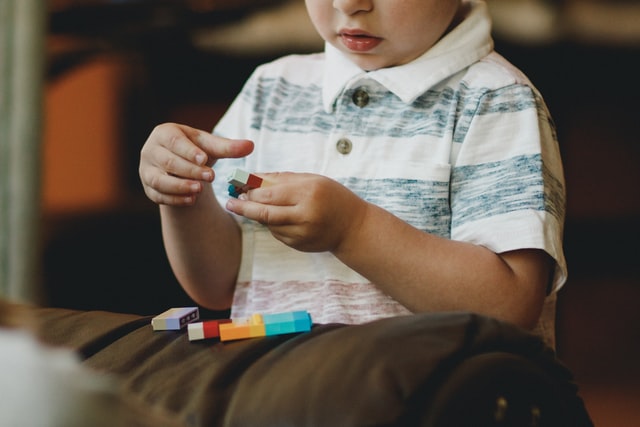 Photo by Caleb Woods on Unsplash
Photo by Caleb Woods on Unsplash
Bonnie Gamane speaks wistfully as she recalls the day last year when a robot named Millennia visited the school she administers. What she saw were children with autism interacting with the robot in a way they never had before interacted with humans.
- 0 Comments
- Jul 22, 2020 10:00:00 AM
- Posted by Natalia Galvis
- Topics: Robotics, STEM, Special Education, autism, Coding, Robots,, students, summer, Edchat, online, distance learning
Keeping Kids Excited About STEM While Teaching Remotely
So much of our everyday lives and routine has been turned upside down thanks to the COVID-19 pandemic, as parents and kids alike have found themselves on a remote learning adventure with nationwide school closures. While the move to eLearning has made our children and others safer from the virus, it has also resulted in plenty of frustration and possibly even left your kids feeling discouraged about learning.
Considering how quickly teachers and schools had to move their lessons to an online format, it’s understandable that things are running a little differently, and not without its hiccups. STEM subjects can be particularly tricky as most parents don’t have the kind of materials, knowledge, and tools necessary to make it as exciting as the teacher could. Kids are also having to learn very quickly how to work successfully as a remote student.
With all of that in mind, keeping our kids excited about learning while at home will take some extra, but simple tips and tricks.
- 1 Comments
- Jul 21, 2020 10:00:00 AM
- Posted by Natalia Galvis
- Topics: Robotics, STEM, Coding, Robots,, students, summer, Edchat, online, distance learning
How Early Should Kids Begin STEM Education?
Current research results are in favor of early childhood experiences for students, especially those who are disadvantaged. This education is a great equalizer because it provides a rich, common foundation for children who may have diverse backgrounds and experiences.
 Photo by Arif Riyanto on Unsplash
Photo by Arif Riyanto on Unsplash
- 0 Comments
- Jul 17, 2020 10:00:00 AM
- Posted by Natalia Galvis
- Topics: Robotics, STEM, Coding, Robots,, students, summer, Edchat, online, distance learning
Can Robotics Teach Problem Solving to Students?
Critical thinking and problem-solving skills are essential to success at university and in later life. However, the traditional classroom model has done a poor job of imparting these skills to students. The way children have learned in the classroom for generations has focused on lectures and worksheets. Past generations would depend on group sports, clubs and teenage jobs to impart these vital skills onto students.
However, new ideas suggest that robotics may hold the key to teaching problem-solving skills to students. Using robots to teach real-world skills may be a strange concept, but is it worth exploring? We think so and here’s why.
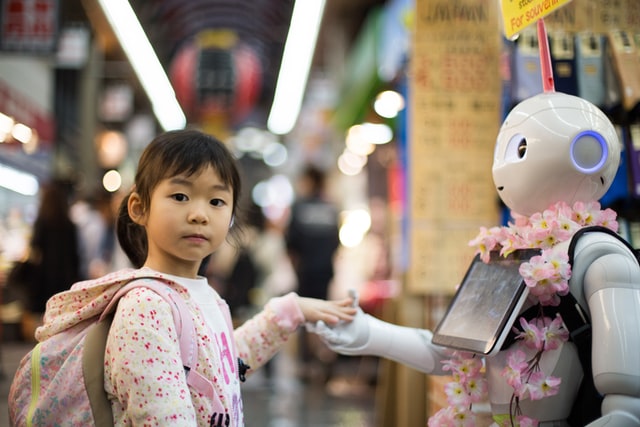 Photo by Andy Kelly on Unsplash
Photo by Andy Kelly on Unsplash
- 0 Comments
- Jul 15, 2020 10:00:00 AM
- Posted by Natalia Galvis
- Topics: Robotics, STEM, Coding, Robots,, students, summer, Edchat, online, distance learning
Do Your Classes Include Technology Integration?
Whether you include it in your instruction or not, the students in your classes are using technology. Unfortunately, their access is not always school-related.
You can change that if you’re willing to require that students use technology as part of their learning experience. The first step to authentic technology integration in any classroom lies in differentiating how students use technology. Would you rather that your students be entertained or be accountable?
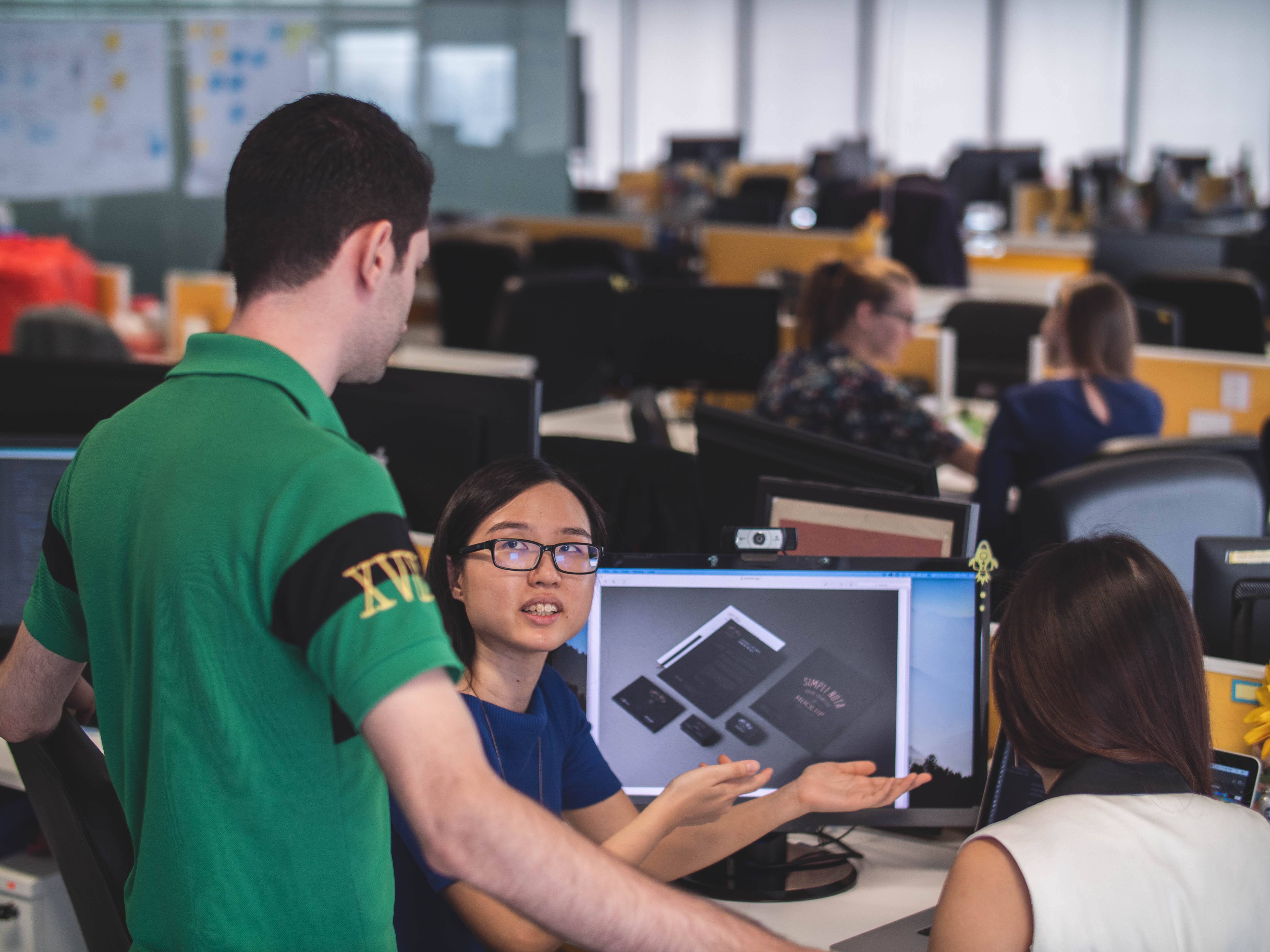 Photo by Mimi Thian on Unsplash
Photo by Mimi Thian on Unsplash
- 0 Comments
- Jul 9, 2020 10:00:00 AM
- Posted by Natalia Galvis
- Topics: STEM, Coding, students, Technology, Edchat, online, distance learning
VR Opens Doors to Virtual Classrooms for Students During COVID-19
Imagine if your school-age child had the opportunity to build a robot, dissect an animal in a virtual science lab, and bend the laws of physics without leaving home. Virtual reality (VR) continues to open up a world of opportunities for several industries including manufacturing, healthcare, construction, military training, and, of course, gaming.
- 0 Comments
- Jul 8, 2020 10:00:00 AM
- Posted by Natalia Galvis
- Topics: STEM, Coding, students, summer, Edchat, online, virtual learning, distance learning
STEM Activities to Inspire Fun and Creativity During the Summer
Manufacturing Stories highlighted a list of fun ideas to keep kids learning through the summer, focusing on STEM and integrating curiosity, critical thinking, and fun. Check out these activities and more.
- 0 Comments
- Jul 7, 2020 10:00:00 AM
- Posted by Natalia Galvis
- Topics: STEM, Coding, students, summer, Edchat, online, virtual learning, distance learning
4th of July STEM-Related Activities
The 4th of July is one of the best holidays for STEMists! Firstly, it’s a great way to get kids engaged in celebration preparation. Secondly, it’s a chance to do some super groovy STEM activities. From yummy recipes, to watching the night sky light up with fireworks, above all STEMists are bound to show up for America’s big celebration! As a result, we’ve put together 5 STEM-related ways to celebrate and have a fun-filled Fourth of July.
 Photo by Robbie Noble on Unsplash
Photo by Robbie Noble on Unsplash
- 0 Comments
- Jul 3, 2020 10:05:00 AM
- Posted by Natalia Galvis
- Topics: STEM, Coding, students, Edchat, online, virtual learning, distance learning, 4th of July
Relevant Posts
Popular Posts
Subscribe to Email Updates
-
I Want To Learn MoreADDITIONAL INFORMATION


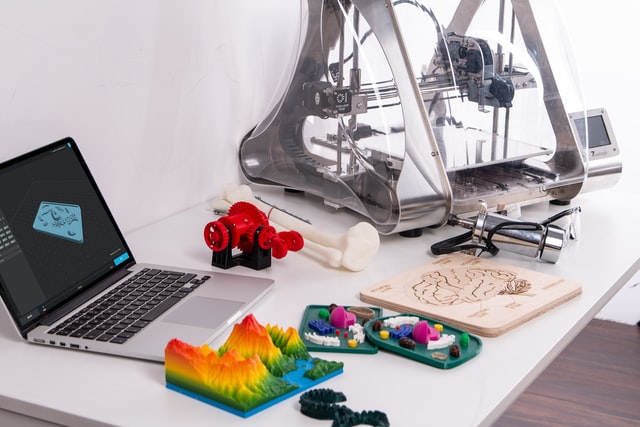 Unsplash
Unsplash
